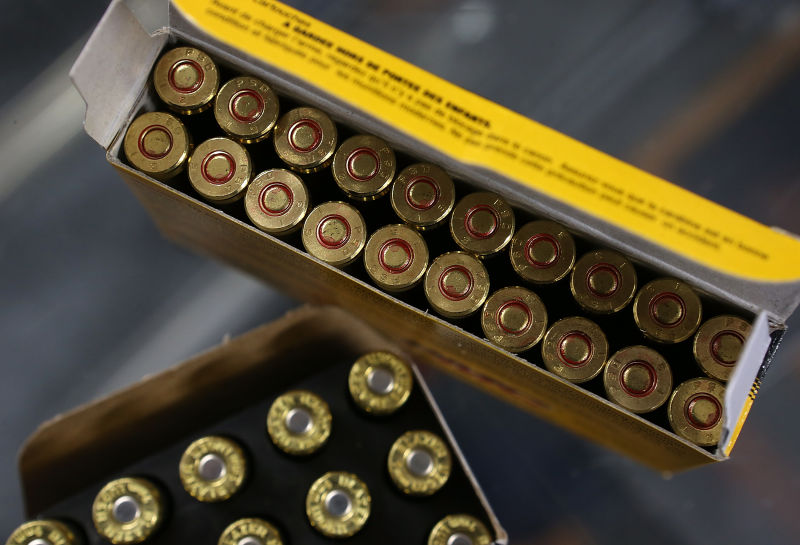A new Field Poll released Tuesday shows 80 percent of registered voters in California favor a requirement that anyone buying ammunition in the state should undergo a background check.
That’s up 5 percent from 2013, the last time the question was asked, and represents an even greater majority than the 75 percent who back banning those on the government’s no-fly list from purchasing firearms.
To date, no state in the country has required a background check on ammunition. But Lt. Gov. Gavin Newsom included such a requirement, among a host of other gun-related restrictions, in an initiative he submitted to the state in December. Supporters have until June 28 to submit 365,880 valid signatures to qualify the proposal for the November ballot.
In addition to the ammunition question, the Field Poll found 58 percent support for outlawing the possession of large-capacity ammunition magazines, and 56 percent in favor of expanding the state’s assault weapons ban to include semi-automatic rifles with detachable ammunition magazines.
On a macro level, 57 percent said it’s more important to impose greater controls on gun ownership than it is to protect the right to own guns. That percentage is little changed since February 2013, when 61 percent of voters answered the same way. In fact, in the five times Field has asked that question over 17 years, Californians have been remarkably consistent in leaning more toward gun control than gun rights, with majorities for gun control never falling below 55 percent.

